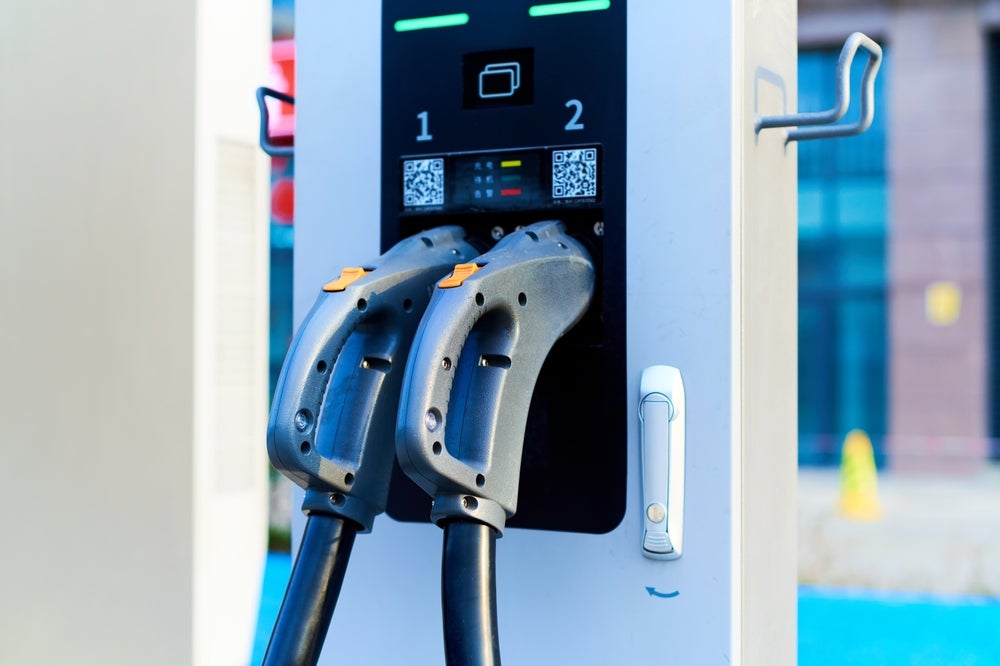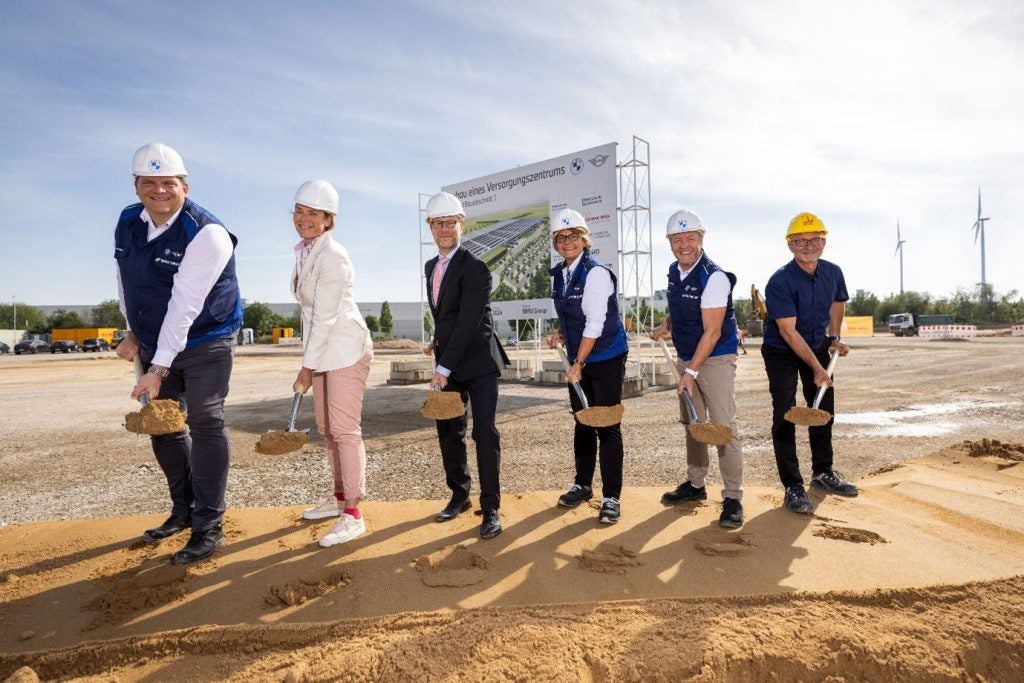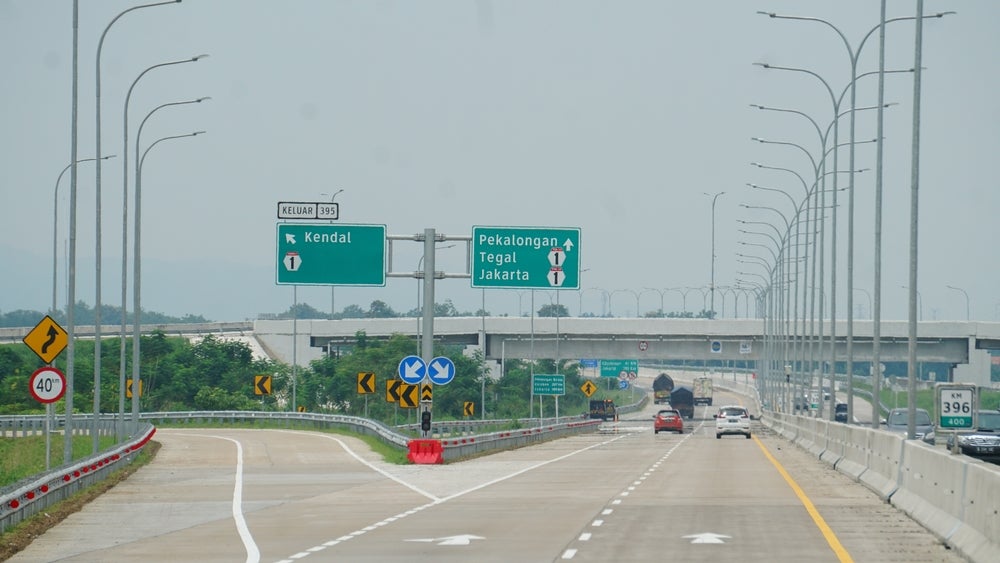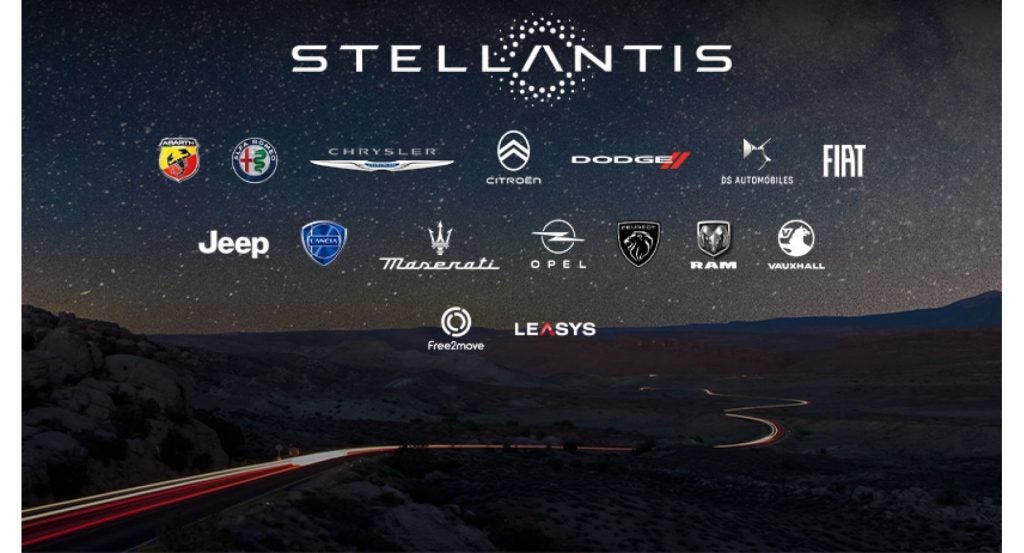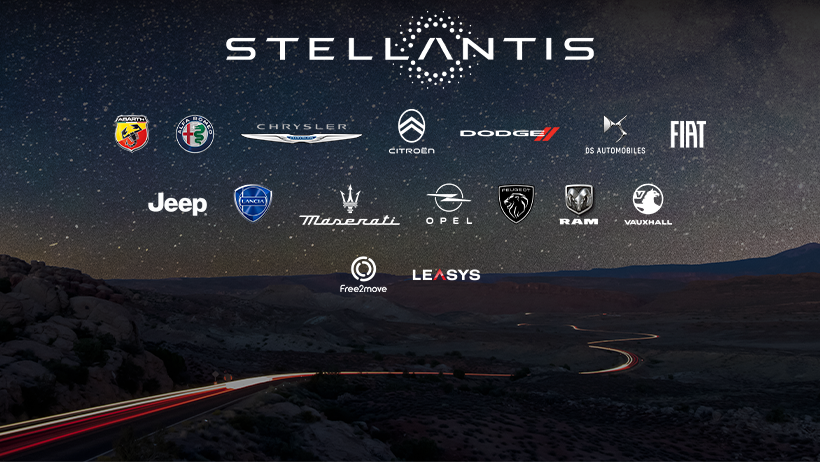
- Maserati and Alfa Romeo were credited for helping drive Stellantis’ strong H1 2023 results, which saw BEV sales up by 24% year-on-year.
- CEO Carlos Tavares assured investors on the conference call that Stellantis was “preparing for the future.”
- Luxury sports car brand Maserati was up 42% y-o-y, selling 15,000 units globally in H1 with the Grecale proving to be a success. Alfa Romeo was up 60% YoY, with its C-segment SUV Tonale selling 21,000 units.
- “Our growth towards electrification is now on its way,” Tavares said, highlighting STLA Medium, the BEV-by-design platform that was unveiled in July this year.
The BEV ‘offensive’ in the US starts now
North America delivered record profits of €8 billion. Tavares acknowledged that market share was slightly down due to operational issues and admitted that there was “room for improvement” in the way Stellantis went to market.
Despite a lower market share, he announced that the company would be starting its BEV “offensive” in the US this year – while BEV sales were up, he clarified that those figures were only from Europe. “We are just now starting to fire up the American engine,” Tavares said.
By 2024, Stellantis wants to reach eight BEV nameplates, including the Dodge Charger Daytona, Jeep Recon and Ram 1500 Rev. “A lot of great, highly appealing product is coming [to the US]”.
The rise of ‘The Overseas Club’
Dubbed by Tavares as the ‘Overseas Club’, the three regions of the Middle East and Africa; South America; and China, India and the Asia Pacific showed promising growth.
The Middle East and Africa (MEA) was the company’s most profitable and fastest-growing region in H1. Adjusted Operating Income (AOI) I more than doubled y-o-y to €1.2 billion, increasing market share.
“We will soon be fighting for the number one position [in MEA]…We have a very, very important opportunity that we are now executing in Algeria, and this is going to be one of the drivers that will lead up to having one million vehicle capacity in Africa and Middle East [by 2030],” said Tavares.
In March, the Fiat brand launched six carlines in Algeria, with production for Fiat 500 planned to start in December this year.
In South America, Fiat was the bestselling brand in with 14.1% market share, with AOI up 7% y-o-y to €1.1 billion.
For the China, India and the Asia Pacific region, AOI was up by 9% to €294 million. Tavares said that the company was preparing to move to “Jeep Direct” online sales in China, selling the Jeep Grand Cherokee and Wrangler.
“The good thing about the Overseas Club is that is it growing, and we are now in the ballpark of €2.5 billion of profit, compared to €1.7 billion of Europe,” he said.
“I can anticipate that in the next couple of years, the Overseas Club is going to be the same size in profitability as Europe.”
Renewing 4-year UAW contract
On negotiations with union United Auto Workers (UAW), Tavares said the company wanted to protect pay bonuses for its employees, while also protecting Stellantis’ profitability.
There are around 43,000 UAW members working at the company. Off the back of its 2022 results, Stellantis paid $14,000 of performance bonuses to its US workers.
Earlier this month, UAW announced it was seeking ‘ambitious’ benefit increases with the Detroit Three automakers – Stellantis, General Motors and Ford – including double digit pay rises for its members. The contract talks started in July.
Continuing, Tavares said: “We want to make sure we build conditions for that performance to be sustainable.”
Stellantis’ journey to electrification
First presented in March 2022, the company’s Dare Forward plan outlined several objectives, including the goal to double net revenues by 2030 (versus 2021).
The company’s six gigafactories will support its electrification ambitions, said Tavares, with it needing 400Gwh of global battery supply by 2030 (150Gwh for the US and Canada, 250Gwh in Europe.)
“We are now back to building the plant in Canada with our partner LG [Energy Solutions],” Tavares said. “Things are back on track.”
Raw material supply is set up until 2027 “in a safe way”, and the company is working to secure its supply up to 2030.
Its LCV business currently represents 33% of net revenues. “We are going to improve our market share in the BEV market with our LCV dominance,” said Tavares.



